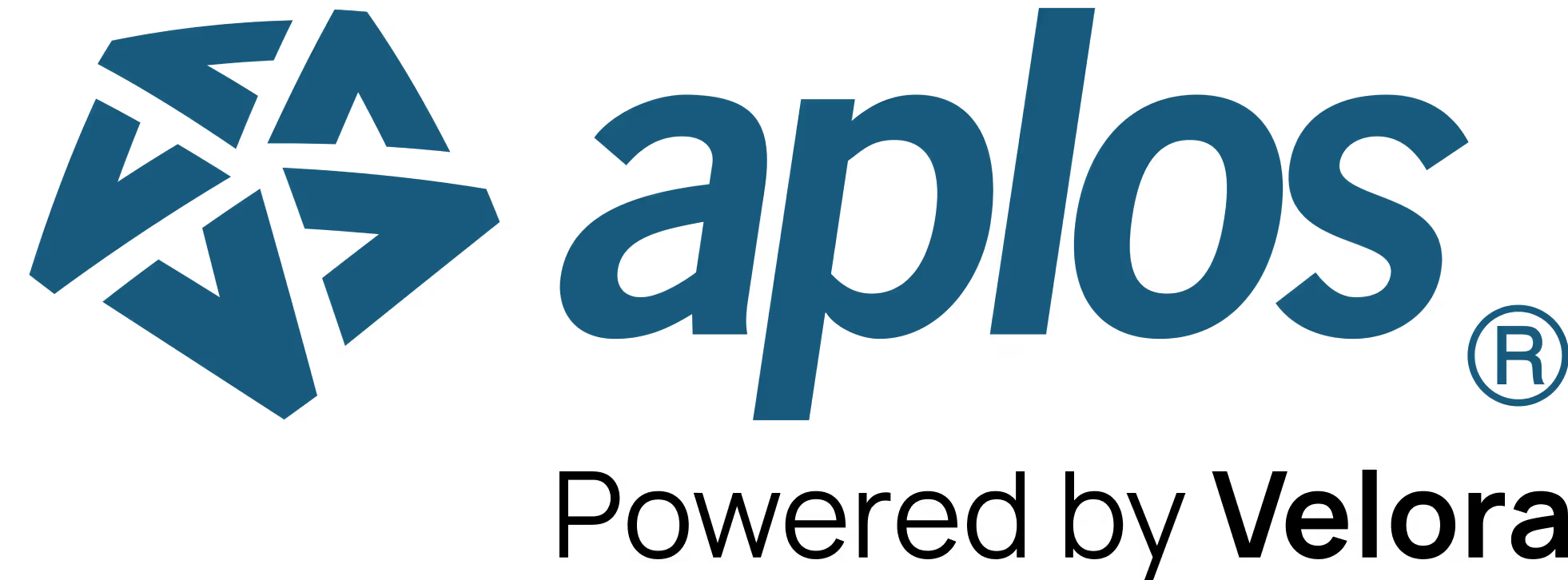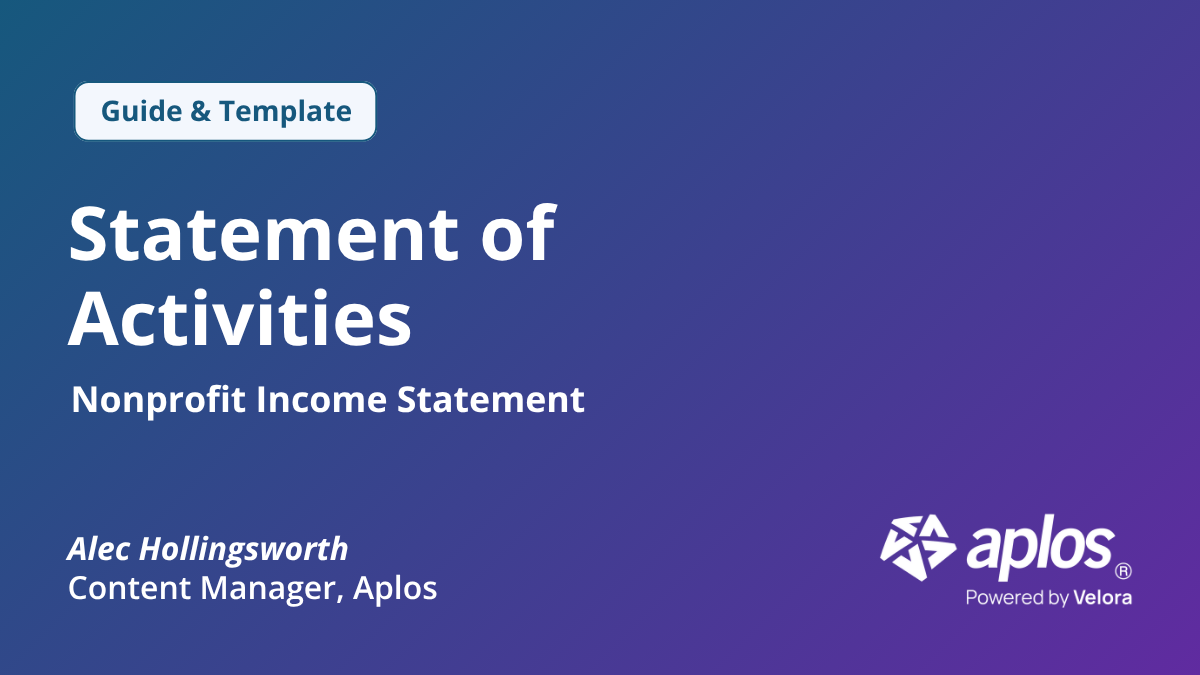
The History Of Accounting And Bookkeeping

Did you know accounting has been around for thousands of years? We can trace it back to ancient civilizations. Abilkisu sat inside a stone cubicle in the bullpen of Mesopotamia, balancing ledgers as he waited for the clock to strike five. (Well, maybe.)
Historical Accounting Records
The history of accounting and bookkeeping is more interesting than you might think. Accounting records found inside the ruins of Mesopotamia date back more than 7,000 years. Another fun fact: In Greek, Mesopotamia means the land between two rivers, the Tigris and Euphrates. They rise in the mountains of Turkey and flow south to the Gulf, where they meet at the Shatt-el-Arab near Basra. Archeologists found accounting documents there that show lists of expenditures, and goods received and traded.
Other records were found in the ruins of ancient Babylon, Assyria, and Sumeria. They also dated back more than 7,000 years. The people of that time relied on primitive accounting methods to record the growth of crops and herds. A natural farming and herding season made it easy to determine if a surplus existed after the crops were harvested or the young animals were weaned.
Accounting has since grown throughout history. We have found instances of the practice all over the world. Between 4,000 BC and 3,000 BC, the ruling leaders and priests in ancient Iran had people oversee financial matters. In Godin Tepe (گدین تپه) and Tepe Yahya (تپه يحيی), archeologists found cylindrical tokens used for bookkeeping on clay scripts. They were discovered in buildings that had large rooms for storing crops. Martin Shubik relates that in Godin Tepe’s findings, the scripts only contained tables with figures, while in Tepe Yahya, the scripts also contained graphs. The invention of a form of bookkeeping using clay tokens represented a huge cognitive leap for mankind.
Commerce And Business
During the thousand years leading up to AD 0, the expansion of commerce and business gave the ancient accountant more duties. Phoenicians invented a phonetic alphabet, likely for bookkeeping. People in ancient Egypt held the title of “comptroller,” like the modern-day controller. The Old Testament also shows evidence of primitive accounting. In the Book of Exodus, Moses engaged Ithamar to account for the materials given to build the tabernacle.
By about the fourth century BC, ancient Egyptians and Babylonians had auditing systems for checking movements of goods in and out of storehouses. These included oral “audit reports,” resulting in the term “auditor.” As taxes became more important to civilization, the need to record payments became apparent. Another fun fact, according to E. A. Wallis Budge: the Rosetta Stone also includes a description of a tax revolt.
Documenting Distributions
Then there was the Emperor Augustus, who lived from 63 BC to AD 14. The Roman government had access to detailed financial information, as evidenced by the Res Gestae Divi Augusti, a Latin inscription which means “The Deeds of the Divine Augustus.” The inscription tells us of the Roman people of the Emperor Augustus’ stewardship. They listed distributions to the people, grants of land or money to army veterans, subsidies to the aerarium (or treasury), building of temples, religious offerings, and expenditures on theatrical shows and gladiatorial games, which covered a period of around 40 years.
There’s also the Heroninos Archive. A huge collection of papyrus documents, mostly comprised of letters, but also including a fair number of accounts, it came from Roman Egypt in third century AD. The bulk of the documents relate to running a large, private estate named after Heroninos because he was the “phrontistes” (manager). These documents had a complex and standardized system of accounting all the local farm managers followed.
Bank Loans And Bookkeeping
In the thirteenth century, medieval Europe moved toward a monetary economy. Merchants depended on bookkeeping to oversee multiple simultaneous transactions financed by bank loans. The Huffington Post goes into greater detail about the breakthrough of double-entry bookkeeping, represented by a debit and credit entry for each transaction. So you don’t confuse this with the current use the terms, the Basic Accounting Concepts website explains that in Latin, debit means “to owe” and credit means “to entrust.” Accounting as it developed in Renaissance Europe also had moral and religious connotations, recalling the judgment of souls and the audit of sin.
Perhaps learning some of this helped give more context to the accounting profession. The monotony of day-to-day tasks can sometimes make you forget the bigger picture. But if you’re an accountant, you’ve followed in the footsteps of many ancient people, all the way back to ancient Assyria, thousands of years ago. What you’re doing is history in the making.

Our comprehensive closeout services start at $399 per month that needs to be reconciled. Sign up before Jan 1st and pay just $199.50 per month!
Copyright © 2025 Aplos Software, LLC. All rights reserved.
Aplos partners with Stripe Payments Company for money transmission services and account services with funds held at Fifth Third Bank N.A., Member FDIC.
Copyright © 2024 Aplos Software, LLC. All rights reserved.
Aplos partners with Stripe Payments Company for money transmission services and account services with funds held at Fifth Third Bank N.A., Member FDIC.



.png)



